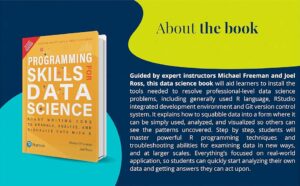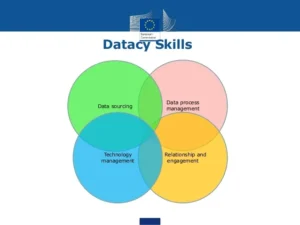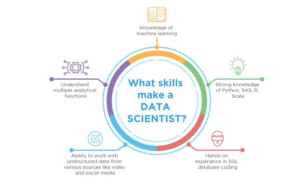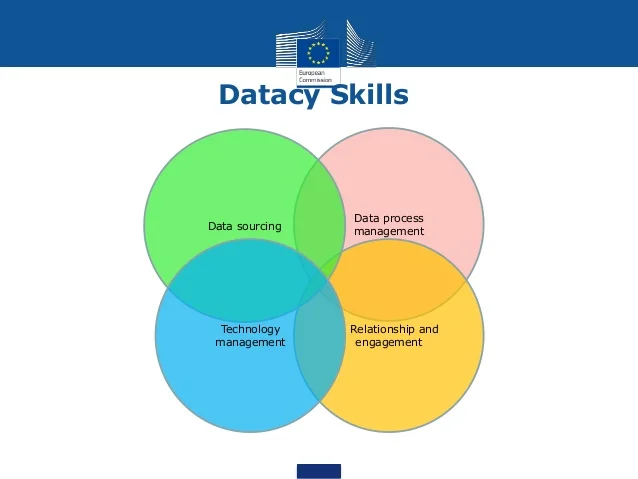
In 2024, the landscape of data analysis is evolving rapidly, and statisticians are at the forefront of this transformation. To remain relevant and efficient, statisticians must equip themselves with essential programming skills that not only enhance their capabilities but also streamline their workflows. This article explores the key programming skills statisticians need in 2024 to revolutionize their data analysis processes, ensuring they stay ahead in this data-driven era.
The Growing Importance of Programming for Statisticians
In the past, statisticians primarily relied on software like SPSS and SAS for data analysis. While these tools remain valuable, the complexity and volume of data today require more versatile and powerful programming languages. Programming skills enable statisticians to handle big data, automate repetitive tasks, and develop custom analyses tailored to specific research questions.
Essential Programming Languages
1. R: The Statistical Powerhouse
R remains a cornerstone for statisticians due to its extensive libraries and packages specifically designed for statistical analysis. In 2024, mastering R is crucial for statisticians. R offers powerful tools for data manipulation, visualization, and modeling. Its open-source nature allows continuous enhancement and the creation of packages for emerging analytical techniques.
Key Skills in R:
- Data manipulation with
dplyrandtidyr - Visualization with
ggplot2 - Advanced statistical modeling with packages like
caretandlme4 - Time series analysis with
forecast
2. Python: The Versatile Workhorse
Python’s versatility makes it an essential programming language for statisticians. Python excels in data manipulation, machine learning, and integration with other technologies. Its user-friendly syntax and extensive libraries, such as Pandas, NumPy, and Scikit-learn, make it a powerful tool for statistical analysis and data science.
Key Skills in Python:
- Data manipulation with Pandas
- Numerical operations with NumPy
- Machine learning with Scikit-learn
- Data visualization with Matplotlib and Seaborn
Advanced Programming Skills
1. SQL: Mastering Data Querying
Structured Query Language (SQL) is indispensable for statisticians working with large databases. Proficiency in SQL allows statisticians to efficiently query, manipulate, and manage data stored in relational databases. In 2024, with the proliferation of big data, SQL skills are more critical than ever.
Key Skills in SQL:
- Writing efficient queries to extract relevant data
- Performing data aggregation and transformation
- Integrating SQL with R and Python for seamless data analysis
2. Automation and Scripting
Automation is a game-changer for statisticians, allowing them to save time on repetitive tasks and focus on more complex analyses. Learning to write scripts for data cleaning, preprocessing, and report generation can significantly enhance productivity.
Key Automation Skills:
- Writing shell scripts for task automation
- Using tools like Apache Airflow for workflow management
- Automating data pipelines with Python
Integrating Machine Learning and AI
In 2024, statisticians must also be familiar with machine learning (ML) and artificial intelligence (AI) techniques. These technologies enable advanced predictive modeling and data-driven decision-making. Integrating ML and AI into statistical workflows can provide deeper insights and more accurate predictions.
Key ML and AI Skills:
- Understanding ML algorithms and their applications
- Building predictive models using Scikit-learn (Python) or Caret (R)
- Implementing neural networks with TensorFlow or PyTorch
- Applying natural language processing (NLP) techniques for text analysis
Data Visualization and Communication
Effective communication of data insights is as important as the analysis itself. Statisticians must be proficient in data visualization to present their findings clearly and compellingly. Tools like Tableau, Power BI, and programming libraries in R and Python play a crucial role in this aspect.
Key Visualization Skills:
- Creating interactive dashboards with Tableau or Power BI
- Developing customized visualizations with ggplot2 (R) or Matplotlib (Python)
- Understanding principles of effective data storytelling
Staying Current with Industry Trends
The field of data analysis is constantly evolving, and statisticians must stay updated with the latest trends and technologies. Joining professional organizations, attending conferences, and participating in online forums and courses are excellent ways to remain informed and continuously improve skills.
Conclusion
In 2024, programming skills are indispensable for statisticians aiming to revolutionize their data analysis capabilities. Mastery of languages like R and Python, proficiency in SQL, and knowledge of automation, machine learning, and data visualization are essential. By integrating these skills into their workflows, statisticians can handle complex data, perform advanced analyses, and effectively communicate their findings, ensuring they remain at the forefront of the data revolution



